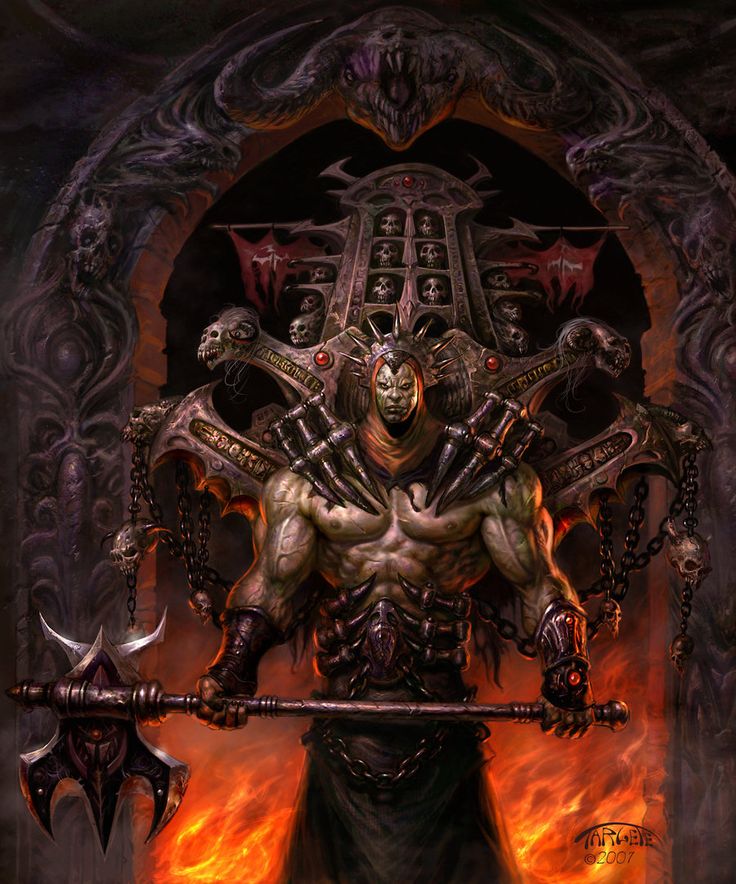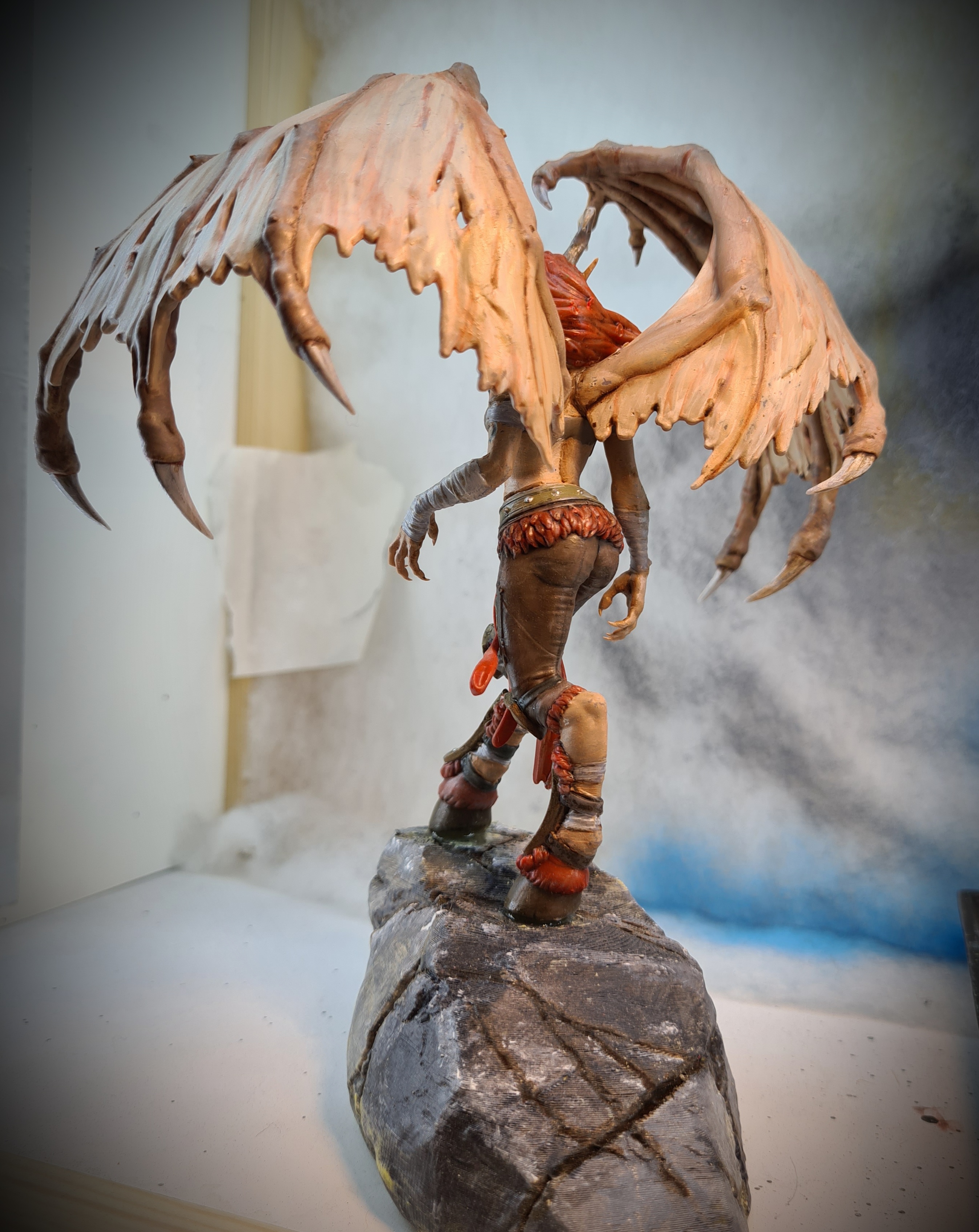
This is, of course, the period when the modern conception of yōkai took shape, but it’s worth noting that the hyakki yagyō illustrations seem to have been treated as a special subset of yōkai. Many scrolls were made during the Edo Period, and the imagery they contained also made its way into woodblock printed materials. Īnd there were a lot of later depictions. Michael Dylan Foster discusses the Daitoku Shinjuan scroll in The Book of Yōkai, pp. Nevertheless most later depictions seem to have been made with the Daitoku Shinjuan scroll in mind. It may have been based on an earlier model, now lost, and scholars have used other early depictions of the night parade to speculate as to what this earlier model might have looked like. This so-called Daitokuji Shinjuan scroll is traditionally attributed to Tosa Mitsunobu (1434-1525) and is known as the Hyakki yagyō emaki.


Finally, it adds to scholarship on Zhong Kui by offering new readings on three well-known paintings of the Demon Queller and synthesizing studies on him in literature, religion, and folklore.Anecdotal accounts of demons and monsters parading through the streets of Kyoto at night can be found in sources as far back as the early 12th century, but the modern visual imagination of this phenomenon is generally traced to a painting scroll in the collection of the temple of Daitokuji. It contributes to studies of Song-Yuan painting by focusing on a category of images that have been understudied because they were at odds with literati taste. It enriches cross-cultural studies of monsters and the monstrous by offering an analysis of comparable Chinese examples. This study fills a gap in Chinese demonology-which had focused largely on visual and textual sources before the Six Dynasties and after the Ming dynasty-by examining images of demonic creatures from the Song and Yuan periods. This study reveals that paintings depicting Zhong Kui are heavily influenced by religious, social, and cultural currents at the time, despite their better-known political readings that images of demons share interesting iconographic traits with portrayals of humans of foreign origins and in abject conditions that and that aside from provoking feelings of disgust and fear, demons served as comic relief and spectacles in paintings which had been largely interpreted as moralistic. This study also examines the psychological impact images of grotesque supernatural beings had on their pre-modern viewers by analyzing original translations of inscriptions written in response to these paintings. This study expands understanding of these images by contextualizing them within contemporary beliefs in the supernatural world, which are reconstructed through a heterodox array of thirteenth-century sources encompassing nuo exorcist rituals, physiognomy manuals, joke books, codes of law, and writings on weddings. Most studies of paintings depicting Zhong Kui focus narrowly on issues of connoisseurship, concentrate on the painter's intent, and prioritize political metaphors in the paintings. Through a careful iconological analysis of three of the earliest extant handscroll paintings that depict the mythical exorcist Zhong Kui travelling with his demonic entourage, this dissertation traces the iconographic sources and uncovers the multivalent cultural significances behind the way grotesque supernatural beings were imagined. Given how widely represented they are in a variety of domains that include politics, literature, theater, and ritual, the Demon Queller Zhong Kui and his demons are good case studies for the effects of new social developments on representations of the supernatural grotesque.


During these periods, China was in a state of dynastic crisis and transition, and the presence of foreign invaders, the rise of popular culture, the development of popular religion, as well as the advancement of commerce and transportation provided new materials and incentives for painting the supernatural grotesque. This dissertation is the first focused study of images of demons and how they were created and received at the turn of the Southern Song and Yuan periods of China. 2015 Theses Doctoral Imagining the Supernatural Grotesque: Paintings of Zhong Kui and Demons in the Late Southern Song (1127-1279) and Yuan (1271-1368) Dynasties


 0 kommentar(er)
0 kommentar(er)
